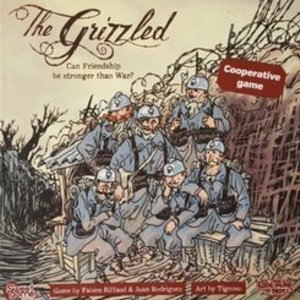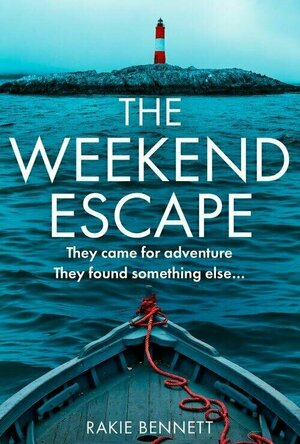
Fire 7 Tablet with Alexa
Tech Watch
The next generation of our best-selling Fire tablet ever - now thinner, lighter, and with longer...

Fire HD 10 Tablet with Alexa Hands-Free
Tech Watch
Brilliant 10.1" 1080p Full HD display (1920 x 1200), up to 1.8 GHZ quad-core processor, 2 GB RAM,...

The Grizzled
Tabletop Game
he Grizzled is a cooperative game about survival in the trenches during the first World War where...

Summer of Salt
Book
A magic passed down through generations . . . Georgina Fernweh waits with growing impatience for...
young adult lgbtqia fiction

The Public (2019)
Movie Watch
In "the public" an unusually bitter Arctic blast has made its way to downtown Cincinnati and the...

Not If I Save You First
Book
Maddie thought she and Logan would be friends forever. But when your dad is a Secret Service agent...
Hazel (2934 KP) rated The Weekend Escape in Books
Sep 20, 2021
Things start to go awry from the beginning and gradually get worse. The sense of claustrophobia and of being within touching distance of the mainland when you might as well be on the moon was excellently portrayed.
The characters were well developed - I don't think any of them are particularly likeable or memorable but it works for the story. The pacing is steady and the build up of tension palpable. The reveal was, for me, not much of a surprise as I had already guessed it but getting there was quite good fun.
Although not the most unique story, it was enjoyable nevertheless and my thanks must go to HarperCollinsUK / One More Chapter via NetGalley for my copy in return for an honest, unbiased and unedited review.

Diddly Sqaut
Book
Welcome to Clarkson's farm. An idyllic spot offering picturesque views across the Cotswolds,...

No Parm No Foul
Book
The second book in a delicious culinary cozy series—the muensters have arrived in Balsam Dell in...

Deep Waters (Jagged Shores #3)
Book
Author Christian Costner is researching material for one of his dark thrillers and Nyemouth seems...
MM Romance Thriller Suspense
